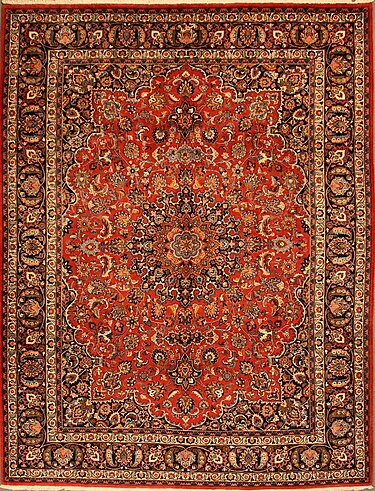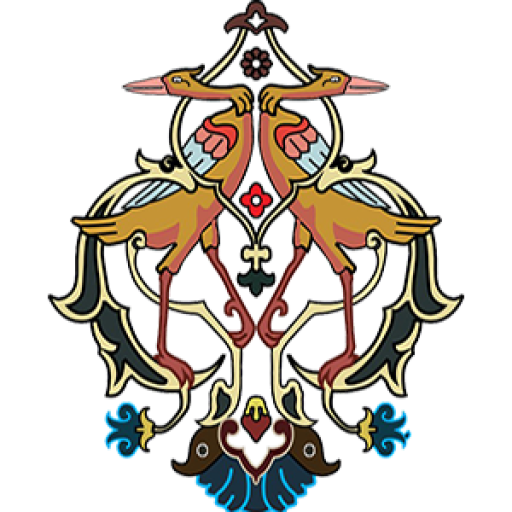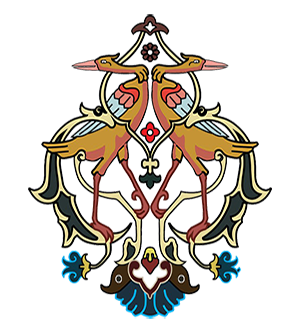History of Naein Carpets
Due to its geographical location, as well as access to superior raw materials like fine sheep wool, high-quality natural dyes, and traditional weaving techniques, Naein has been able to establish itself as a major carpet-producing center throughout history. Since then, Naein weavers have produced carpets that are comparable to other Persian carpets both in terms of aesthetics and quality.
This long history has made Naein carpets not only known in Iran but also recognized worldwide, becoming one of the symbols of Iran’s artistic and cultural heritage.
Visual Characteristics and Weaving of Naein Carpets
Naein carpets are especially distinguished by their intricate and delicate designs, precise weaving, and the use of high-quality raw materials. In general, Naein carpets have specific features that have made them one of the best and most popular carpets in global markets.





